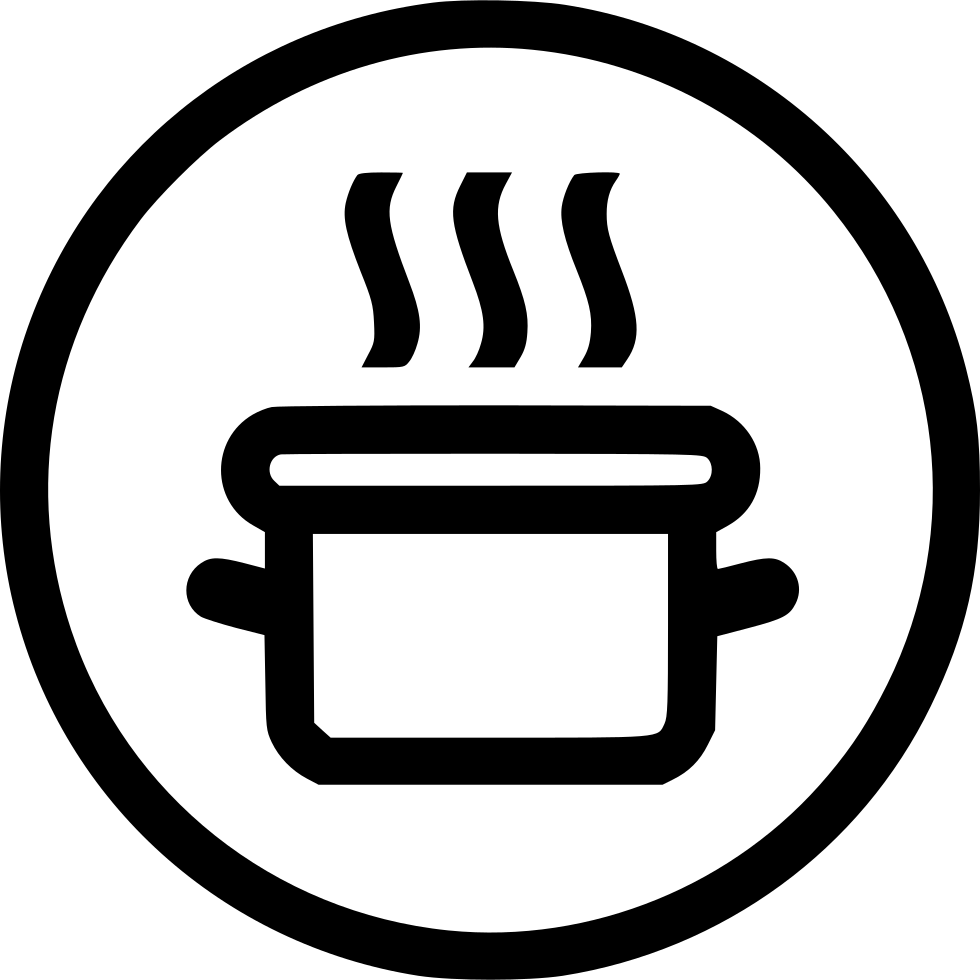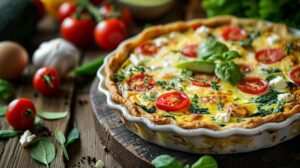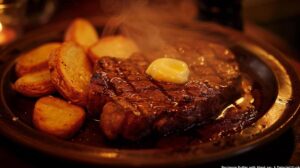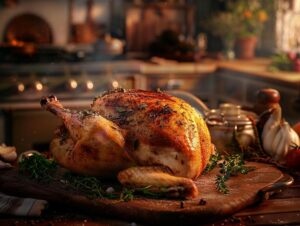Have you ever thought about the scent drifting from a kitchen, on Easter? That’s the Romanian Easter Loaf, known as Pasca, a dish, in tradition and taste. In this article we’ll delve into its importance share the recipe and even discuss some versions. Whether you’re a baker or just starting out lets explore the realm of this holiday bread together!
TL;DR:
- Pasca is a traditional Romanian Easter Loaf associated with the Easter celebration and seen as a symbol of Christ’s resurrection.
- The dough for Pasca is made using yeast, water, milk, butter, lemon zest, sugar, all-purpose flour, eggs, and vanilla.
- The sweet cheese filling includes ricotta cheese, eggs, vanilla extract, sugar, raisins, and lemon zest.
- Pasca has variations that allow for cheese-less or gluten-free options.
- Important baking tips include kneading the dough well, letting it rise properly, and baking it at 350°F until it is golden brown.
- Pasca can be stored at room temperature for three days, refrigerated for up to a week, or frozen for up to two months.
- Romanian Easter meal usually includes other dishes like lamb soup, lamb haggis, and stuffed cabbage rolls with Pasca as a centerpiece.
- Pasca is deeply rooted in Romanian culture and over time has adapted due to ingredient availability, but always stays true to tradition.
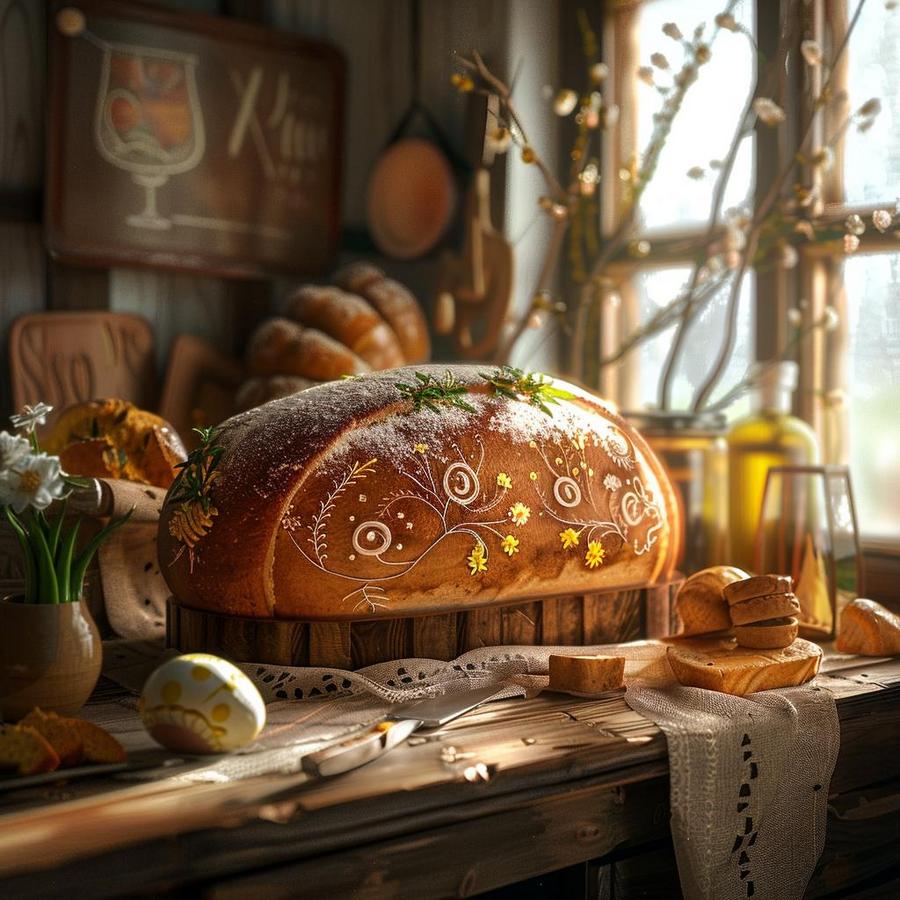
What is Traditional Romanian Easter Loaf?
When Easter hops around, you can’t help but yearn for Pasca, the traditional Romanian Easter Loaf. This cultural food is not just a sweet delight; it carries a robust heritage. Lovingly baked by generations, this sweet yeast bread brings the joy of tradition to our homes during the Easter holiday.
What is the importance of Pasca in Romanian culture?
Pasca holds significance for the people of Romania. Over the years, it has been a part of Easter celebrations, playing a role in the festive feasts. More than a dish, it embodies the essence of Christ’s rebirth and the deep love He represents. Families eagerly await the preparation and sharing of Pasca in their households, signifying the conclusion of Lent, a time dedicated to reflection and spiritual discipline.
How is it associated with the Easter celebration?
Easter is incomplete without Pasca. A beautiful tradition surrounds this bread; it is first baked on Good Friday but not eaten until Easter Sunday, symbolizing the resurrection of Christ. The sweet dough, shaped in a round form, signifies the crown of thorns worn by Jesus, while the cheese filling represents his pure soul. Indeed, remembering the story woven in the romanian easter loaf brings a deeper understanding and appreciation of this traditional food.
What ingredients are needed to make Romanian Easter Bread?
On our way to understand how to make the superb, aromatic, and utterly delicious Romanian Easter Bread or Pasca, we will first zero in on the key ingredients. Knowing what we need in advance will make our cooking more relaxed and fun.
What are the main ingredients in the dough?
The dough of this beloved, traditional Easter bread is a sweet yeast bread at heart, crafted to perfection. To make it, we’ll rely on simple, readily available ingredients, suitably for all who desire to bake and enjoy homemade bread.
We will use yeast and warm water to kickstart the dough-making process. Also on our list are milk and unsalted butter, which bring a rich taste to the dough. Sugar, lemon zest, all-purpose flour, eggs, and just the right dash of vanilla extract will also join the mix.
What is included in the sweet Cheese filling?
Ah, the sweet and velvety cheese filling! It’s this core that grants Pasca its phenomenal flavor. Imperative to perfect this filling are high-quality, fresh ricotta cheese, eggs, dreamy vanilla extract, just the right amount of sugar, and flavorful raisins. Lastly, but no less important, we need the zest of lemon to add a tangy surprise to the sweet mix.
You will find that these ingredients work in harmony to create a traditional Easter bread that defines the Romanian Easter feast. The complexity of their flavors packs a punch that is both delightful and satisfying. Next, we’ll delve into how to bring these ingredients together to make the treasured Pasca. Stay tuned!
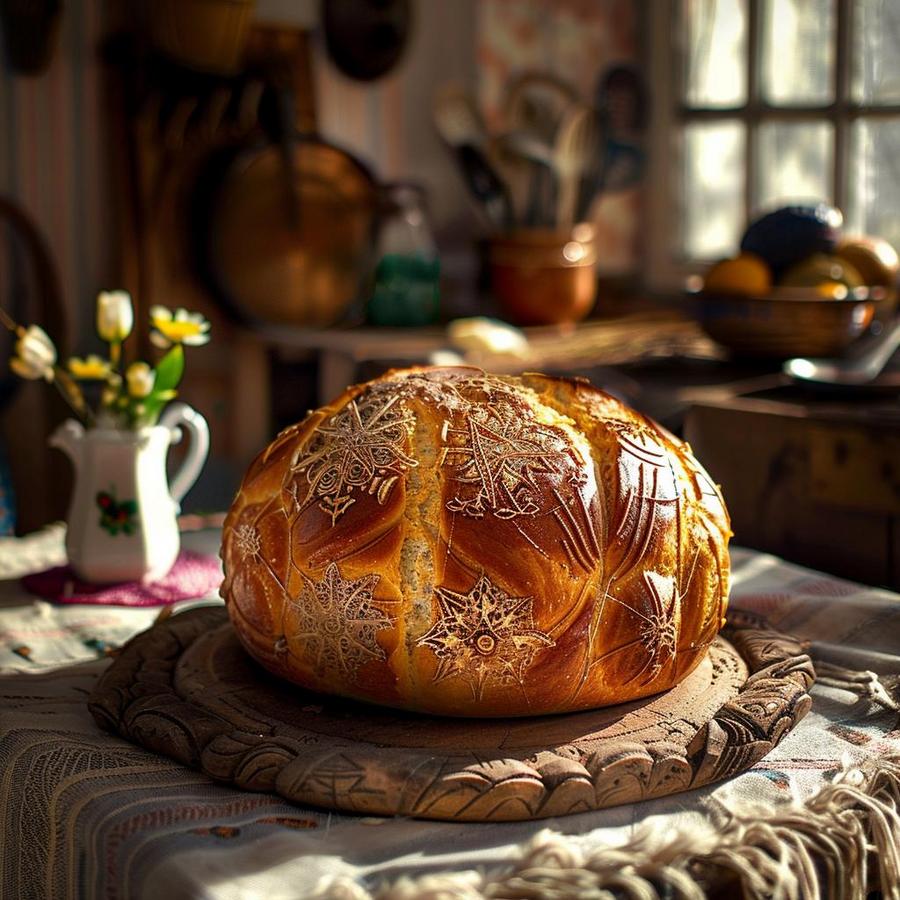
How to make Pasca step-by-step?
The heart and soul of this Easter loaf, Pasca, lies in two main parts: the rich yeast dough and the sweet ricotta filling. We’re going to walk through each part.
How is the yeast dough prepared?
Our journey begins with the yeast dough. Its ingredients are yeast, water, milk, butter, lemon zest, sugar, all-purpose flour, eggs, and vanilla extract. You start by blooming the yeast in a bit of warm, sugary water. As it does its work, the yeast will get foamy!
The sugar that we’ll use later is dissolved in a mixture of warm milk, melted butter, lemon zest, and vanilla. This warm, sweet mixture gets mixed with the flour, creating a base for our dough. At this point, it’s time to put in the eggs and the bloomed yeast, then knead everything until a soft dough is formed.
How is the filling made?
The filling is where the magic happens! You make it by whisking together ricotta cheese, eggs, vanilla extract, sugar, raisins, and fresh lemon zest. Pro tip: add the raisins and vanilla for a pop of flavor. The tart zest of the lemon rounds it all off.
What are the steps to assemble Pasca?
After letting the dough rise, you’ll punch it down and cut it into sections. Roll out one section to a size big enough to fit your baking form. The center is then filled with our sweet cheese mix.
The rest of the dough is made into ropes and braided, to give the Pasca its signature look. Then, it’s set aside to rise for an hour. After rising, an egg wash is brushed over the top to give it a nice golden color when baking. Finally, it’s off to the oven!
Following this tradition of baking makes each Easter bread a special occasion. You’ll find that every bite of this sweet bread is filled with joy, just like an Easter celebration should be. Click here for a more detailed recipe.
Can there be any variations in the recipe?
Indeed, like any traditional recipe, the Romanian Easter Loaf or Pasca has its tweaks and twists across the homes. Regardless of these small modifications, all adhere to one thing – keeping the Pasca’s authentic soul alive.
Is it possible to make Pasca without Cheese?
Yes, you can! Although the creamy cheese filling is a hallmark of Pasca, variations exist for those who prefer to skip the cheese. Simply substitute the cheese filling with other traditional fillings like poppy seeds or walnut. And voila, you’ve got a delicious Pasca sans cheese.
Can Pasca be made Gluten-Free?
Baking a traditional yeast bread like Pasca gluten-free may seem challenging, but it’s not impossible. You can achieve this by using a mixture of gluten-free flours such as rice, tapioca, and cornstarch, or a reputable gluten-free flour blend. Remember, each flour has its unique taste and texture, so experiment and see what works best for your palate. Refer to the website for specific substitutions.
So the next time you are in the mood for some Easter holiday baking, don’t feel limited by the traditional recipe. Feel free to experiment and wow your family and friends with a unique spin on an authentic Romanian recipe. Be it a cheese-less Pasca or a gluten-free version, remember the aim is to enjoy the process and savor the outcome. Happy baking!
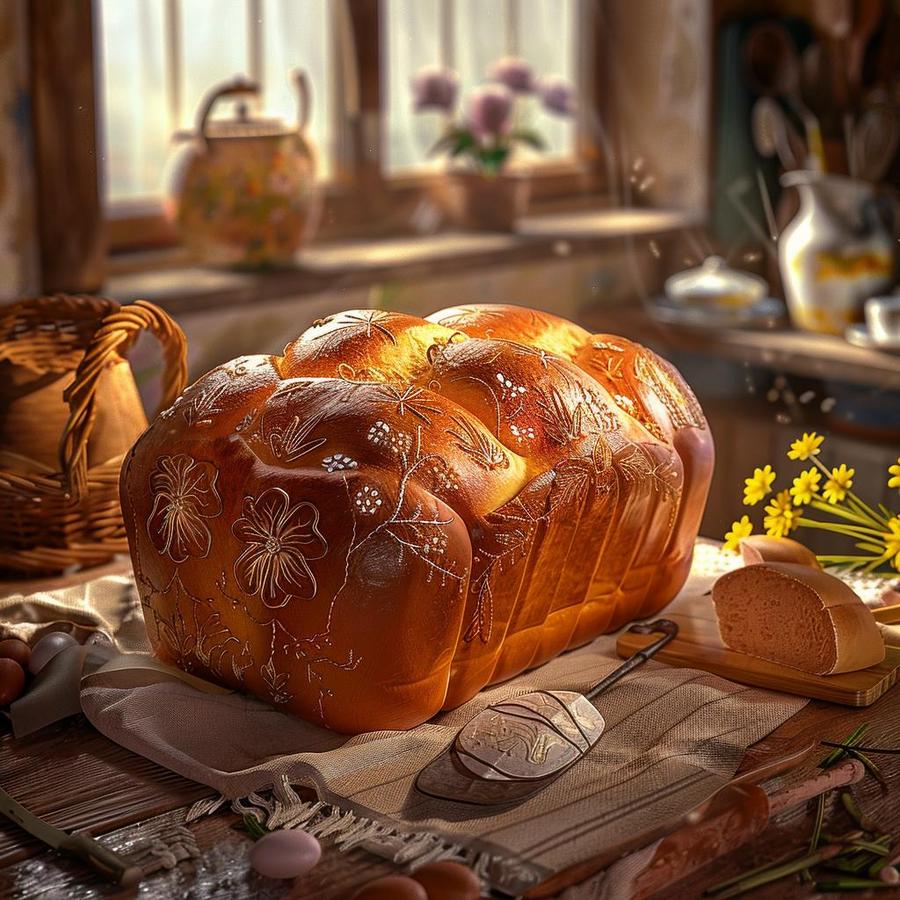
What are some helpful tips for making Pasca?
As we set out on this culinary journey to make Pasca, some tips can ensure success. First, use good quality cheese. The cheese filling is the heart of our Pasca, it offers a rich, creamy texture and subtly sweet taste, key to making Pasca truly stand out on your Easter table.
What should one keep in mind while kneading the dough?
Kneading yeast dough is a crucial step in our Pasca making process. Ensuring that the dough is well kneaded is key to its texture and taste. Make sure not to rush this step, spend a good 10 to 15 minutes for the best results. You should end up with a smooth, elastic dough that pulls away from the sides of the bowl.
Any tips for a successful rise of the dough?
Yes, there sure are! Letting your dough rise properly is vital for our Pasca. Ensure your dough is placed in a warm, dry place. A too cold or drafty room can affect the rising process. However, while warmth is good, too much heat can kill the yeast. Try to find a spot that’s consistently around 75°F (24°C) for optimal results.
To check whether the dough has risen enough, simply press a two fingers about 1/2-inch into the dough. If the indentation remains, it means the dough has risen enough and is ready for the next step.
What are the baking instructions?
Now we come to the final stage! It’s time to assemble and bake the Pasca. Preheat the oven to 350°F (175°C) before you start assembling. Once you’ve filled your Pasca and carefully braided the ropes of dough on top, brush it with a beaten egg to give it a gorgeous golden brown finish. Bake the Pasca for about 45 to 50 minutes, until golden brown and a skewer inserted in the center comes out clean. If you notice that the Pasca is browning too quickly, you can lightly tent it with aluminium foil.
Remember, always cool the Pasca on a wire rack before slicing to serve. As tempting as it may be, slicing into it while hot can cause the bread to become gummy or collapse. Patience truly is a virtue when it comes to Pasca!
Keep these tips in mind next time you are preparing for your Easter feast and I promise you, your Pasca will come out looking beautiful, tasting delicious and keeping true to the traditional baking method. Want to try more Romanian recipes? Check out other delicacies here.
What is the correct method to store Pasca?
Storing Pasca, a scrumptious easter treat isn’t all difficult. In fact, it’s pretty straightforward. Made from the best of yeast, water, milk, butter, lemon zest, sugar, all-purpose flour, eggs, and vanilla extract, it’s a festive bread that’s cherished and savored over the holiday season.
How long is it safe to store Pasca at room temperature?
Now, storing at room temperature extends its shelf life for a solid 3 days. Great news for those who’d want to make it last a bit longer than a day, isn’t it? So that’s how you can enjoy this delicious treat and make the holiday recipe stretch over a leisurely weekend.
Can Pasca be refrigerated or frozen?
If you’re looking to keep it fresh for even longer, refrigerate it. That will keep it safe and tasty for an entire week! And the cherry on top? You can freeze Pasca too! Yes, you read that correct. Pasca can be frozen, which makes it last as long as 2 months. So, not only is Pasca a tasty gem, it’s versatile when it comes to storing as well.
Just remember to wrap it snugly to prevent frost and any excess moisture – the key enemies when it comes to freezing any food. This way, the goodness of Pasca, right from its sweet ricotta, lemon, and raisins filling to the tender crumb, will stay intact.
And while you’re at it, be sure to also check out other delicious Romanian recipes, like the hearty Romanian meatball soup or the delightful walnut roll – a perfect companion to your coffee.
So there you have it, the correct method to storing Pasca. Convenient, isn’t it? Now you can keep it fresh and enjoy this delight for days or even weeks on end. Happy Easter cooking!+
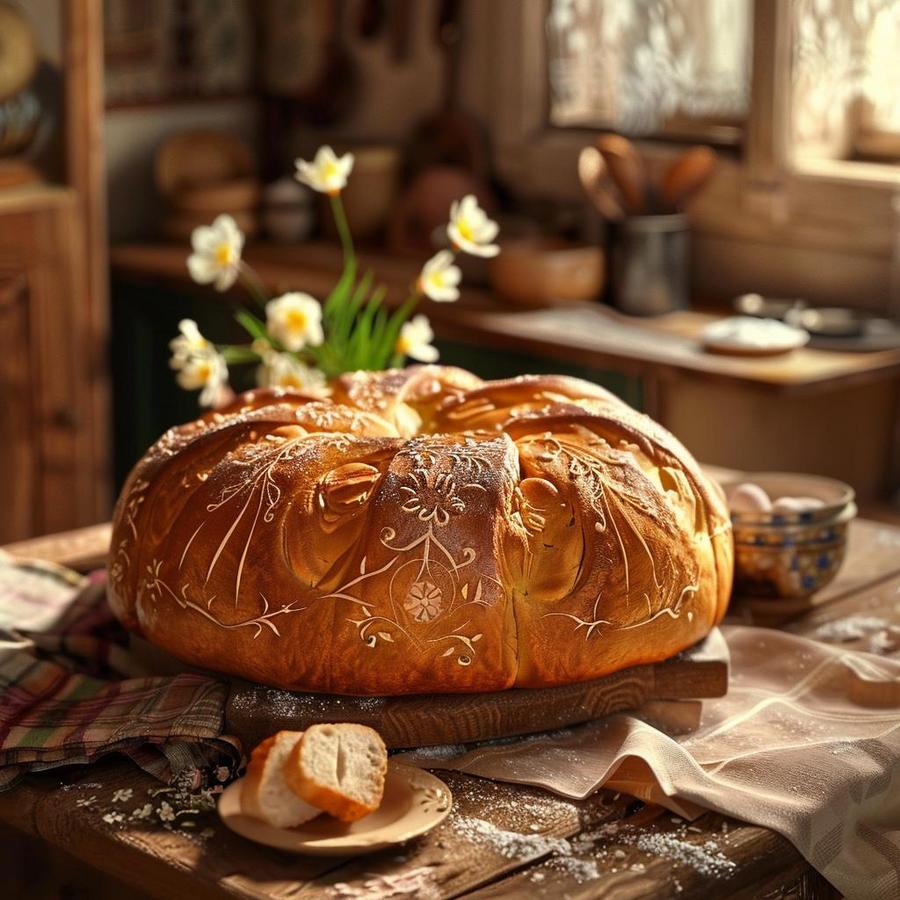
What does the Romanian Easter meal look like?
Romanian Easter meal is known for its festive spirit and mouthwatering dishes. It truly captures the essence of Easter traditions in the country with a beautiful mix of rich, flavorful food — centered around lamb, eggs, and of course, the traditional Easter loaf called “Pasca.”
What are some other dishes usually included in Romanian Easter feast?
Romanian Easter feast is more than just food—it’s a grand, joyful celebration. Apart from the prized Pasca, there are dishes like “ciorba de miel” or lamb soup, “drob de miel” which is a tasty lamb haggis, and “sarmale” which are stuffed cabbage rolls—a festive cuisine staple! And let’s not forget the brightly dyed Easter eggs, which are a symbol of rebirth and a must at any Romanian Easter meal.
How does Pasca fit in this meal?
Pasca, the Romanian Easter bread, sits pride of place at this feast. Almost like a centerpiece, it’s a sweet cheese-filled loaf that is not just a treat for the taste buds, but a symbol of Jesus’ resurrection. Its circular shape represents the everlasting life, while the braided sides woven into a rope resemble the Crown of Thorns. Each bite of the soft, rich bread crowned with sweet cheese and a hint of lemon zest, raisins, and vanilla is a reminder of the values and shared history that bind every Romanian together.
Whether you’re planning a grand feast or an intimate family dinner, adding a traditional Pasca to your Easter meal can give your celebration a lovely Romanian touch. Be sure to check out the detailed recipe and tips for making Pasca on this site. This utterly scrumptious bread might soon become your very own Easter tradition!
What are some other popular Romanian dishes?
You thought Pasca was delicious? Taste buds, brace yourselves for more Romanian delicacies! Most of Romanian cuisine is deeply rooted in history, with each dish having its own unique story. From appetizers to desserts, every course is a feast in Romanian cuisine.
Are there other Romanian sweet treats to try?
If you have a sweet tooth, let’s start with the Romanian walnut roll, known as Cozonac cu Nuca. It’s a sweet loaf, similar to Pasca, but it’s filled with a rich walnut mix, perfect for a post meal treat or alongside a cup of coffee. Along the same lines, Clatite are Romanian crepes. These thin pancakes can be filled with anything from jam to chocolate and are even more delightful with a dusting of powdered sugar.
Any savory dishes to accompany Pasca?
As for savory, you should try the Romanian version of the classic stuffed peppers. These are filled with a hearty mix of meat and rice, slow-cooked until they’re tender enough to cut with a spoon. There’s the Romanian meatball soup, “Ciorba de Perisoare”, which combines fatty, flavorful meatballs with a fresh, sour soup. Lastly, beef salad, “Salata de boeuf”, should not be missed. It’s a festive dish composed of boiled veggies, meats, and pickles dressed in smooth mayo, quite a delight for every beef lover. Just imagine these dishes in your Easter feast along with Pasca, an experience that’s surely unforgettable!
Remember, each region of Romania has its own specialty so don’t limit yourself. Dive into the Romanian culinary world and you’ll be amazed by the diversity and richness of its regional cuisine. Explore, cook and indulge, and truly savor every second spent in the kitchen preparing these dishes. Experiment with your own variation and make it your own. That’s the magic of cooking, isn’t it?
Do explore more dishes from Romanian cuisine here
What does Romanian Easter celebration look like?
Easter is big in Romania. It’s a time of joy and family. The traditions, rooted deep in history, make it extra special.
What are some Romanian Easter traditions?
The Easter Sunday feast is star here. It brings families together after weeks of fasting. But, it’s the night before, the Midnight Mass, that holds the real magic. We light candles and greet each other with “Christ is risen!” And you know what marks this celebration? Pasca. This bread is more than food. It’s tradition, faith, and family, baked to perfection.
How does Pasca fit into these celebrations?
Pasca is not your average loaf. It’s made with sweet, yeasty dough and filled with cheese. It’s shaped into a circle as a symbol of life and new beginnings. This bread makes Easter day beautiful. After the fast, it’s the first thing you sink your teeth into. Savouring the sweet, soft taste of Pasca, you can truly say, Easter has arrived.
Each family has a unique way of making Pasca. Some use a cheese mixture, others use raisins. No matter how you make it, Pasca is more than bread. It’s the taste of Easter, the symbol of Romanian culture, and above all, it’s love served on a plate. Want to try making Pasca? Just follow the link here, and you’ll be set for a true Romanian Easter!
Has Pasca recipe changed over time?
Diving into the rich history of Pasca, we uncover its deep roots in Romanian culture. The seeds of Pasca as a pivotal Easter treat can be traced back centuries. These cultures viewed Pasca as more than just food. It was also a token of faith, an embodiment of joy and renewal.
What is the history of Pasca?
Pasca started its journey as a humble bread. Over time sweet fillings became a signature feature. Romans held bread in high regard and considered it a symbol of abundance. When Christianity took root in their culture, the addition of sweet cheese filling symbolized the celebration of life, rebirth and joy that Easter embodies.
Have there been any adaptations or changes in the recipe over centuries?
As the curtains of time rolled, each era sprinkled its own unique touch on the timeless recipe of Pasca. One noteworthy instance would be during the reign of Communism in Romania where scarcity of ingredients led to improvisations. The sweet cheese filling was often replaced with a less costly apple filling.
But no matter the decade or the political climate, the tradition of Pasca as a revered Easter treat endured. Realizing the fragility of such traditions in a rapidly changing world gives us an even deeper appreciation of culinary heritage.
Pasca’s success lies in the perfect balance it strikes between holding onto its cultural roots and embracing change. This Roman bread passed down across generations attests to the dynamism and resilience of Romanian culinary heritage. lt’s not just bread, it’s a slice of history. It’s the testimony of hundreds of years and millions of stories kneaded into a sumptuous loaf. Enjoy it. Cherish it. Keep the tradition alive.
We’ve dived into the essence of Pasca, an Easter bread in Romania. We also looked at its importance, ingredients and the step by step process of creating it. We also talked about variations of baking advice and ways to store it. The role of Pasca in the Romanian Easter feast and the wider festivities was emphasized, along with a glimpse into delicacies. Lastly we touched upon how the Pasca recipe has changed over time. So why not embrace this baking custom? There’s nothing, like the smell of bread made at home especially when it carries such a vibrant cultural legacy.
